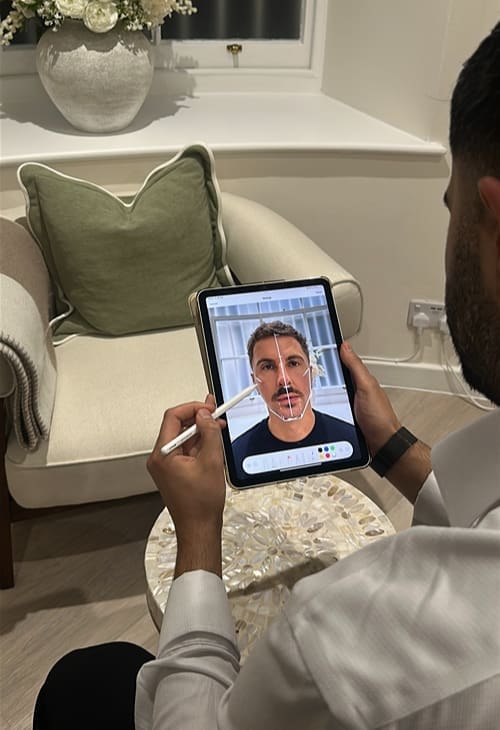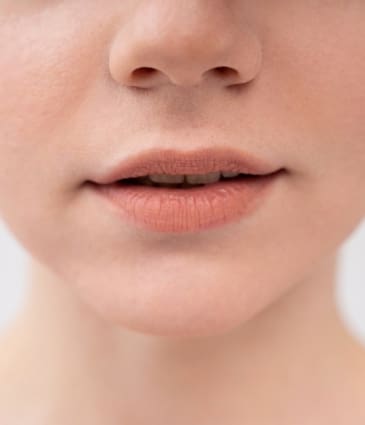Explore the causes, effects, and treatments for teeth grinding, or Bruxism. Learn how Masseter Botox can relieve discomfort and enhance your facial profile.
Condition
Teeth Grinding (Bruxism)

Overview
Bruxism, or teeth grinding, is the involuntary clenching or grinding of teeth. It can occur during sleep or throughout the day, often without conscious awareness.
Over time, it can lead to jaw pain, headaches, worn enamel, and changes in facial shape. Individuals with overactive masseter muscles may develop a square or heavy jawline, making the lower face appear broader.
This guide explains what bruxism is, why it happens, how it affects your oral health and facial aesthetics, and the professional solutions available.
What is Bruxism?
Bruxism is more than occasional teeth grinding. It is the repeated, unconscious activity of the jaw muscles, which can take two forms:
- Grinding: Teeth rubbing together, often during sleep
- Clenching: Sustained jaw tension without movement
Chronic bruxism can result in:
- Worn teeth and enamel erosion
- Jaw tenderness or stiffness
- Headaches, earaches, and facial pain
- Tension in the neck and shoulders
- A visibly square or heavy jawline due to enlarged masseter muscles
Causes of Teeth Grinding
Bruxism is often multifactorial, combining lifestyle, anatomical, and neurological influences:
- Stress and Anxiety: Psychological tension frequently triggers daytime clenching. Even during sleep, stress can cause jaw muscles to contract involuntarily.
- Sleep Disorders: Sleep apnea and disrupted sleep cycles can worsen nighttime grinding.
- Dental Alignment: Crooked, missing, or uneven teeth create forces that increase the risk of bruxism.
- Lifestyle Factors: High caffeine or alcohol intake, smoking, and certain medications can contribute to overactive jaw muscles.
- Genetic Predisposition: Some individuals inherit stronger jaw muscles or a tendency toward clenching, increasing the likelihood of bruxism.
The Impact of Bruxism on your Face and Teeth
Chronic bruxism affects more than oral health. It can also change facial aesthetics:
- Muscle Hypertrophy: Overdeveloped masseter muscles create a square or bulky jawline.
- Facial Tension: Continuous clenching may lead to headaches, TMJ discomfort, and neck strain.
- Lower-Face Lines: Repeated muscle contraction can deepen wrinkles and contribute to a fatigued appearance.
How to Prevent Bruxism
While professional treatment is often needed for lasting results, at-home care can help reduce symptoms:
Relaxation Techniques:
Practices such as mindfulness, meditation, and gentle jaw stretches help relax overworked muscles. Light facial massage can improve circulation and reduce tension.
Sleep Hygiene:
A consistent sleep schedule, proper pillow support, and night guards for severe cases can protect teeth and ease nighttime grinding.
Lifestyle Adjustments:
Limiting caffeine and alcohol, avoiding excessive gum chewing, and maintaining hydration all reduce jaw overactivity.
Masseter Botox: Fastest Treatment for Bruxism
Masseter Botox is a safe, minimally invasive treatment that targets the overactive jaw muscles to relieve clenching and subtly reshape the lower face.
- Assessment: The masseter muscles are evaluated for size, symmetry, and strength to create a tailored treatment plan.
- Injection: Small, precise doses of Botox are injected directly into the masseter muscles. The procedure is quick, usually 15–30 minutes, with minimal discomfort.
- Relaxation and Contouring: Botox reduces muscle overactivity, alleviating grinding and clenching. Over time, the muscles shrink slightly, softening a square jawline and producing a more balanced lower-face contour.
- Recovery: Most patients resume normal activities immediately. Mild swelling or bruising may occur but resolves within days.
At Dr Hass Clinic, treatments are carefully planned to ensure both functional relief and aesthetic harmony. The clinic’s expertise in facial anatomy ensures precise, safe injections with natural-looking results.
2. Dental Night Guards: Protect teeth from wear during sleep.
3. Physical Therapy: Target TMJ and jaw muscle tension through guided exercises.
4. Orthodontic Solutions: Correct bite misalignments that contribute to bruxism.
Before and After Masseter Botox
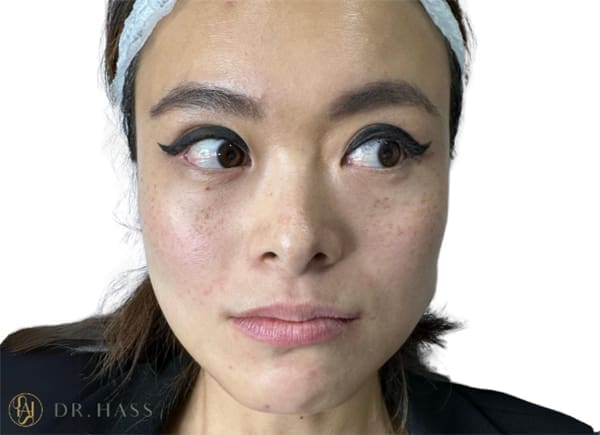
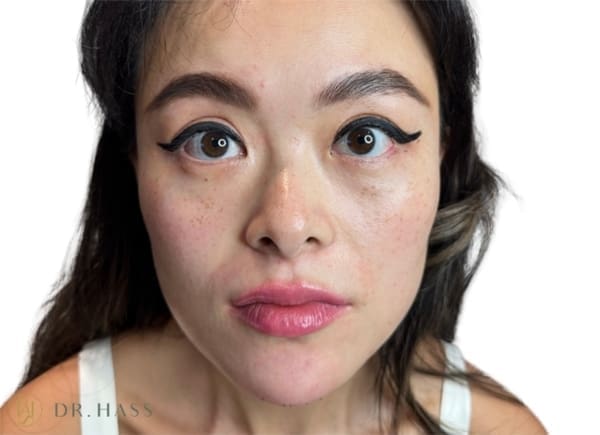
Surgical Solutions for Severe Bruxism
While most patients achieve excellent relief with Masseter Botox, a small minority with severe structural issues or long-term muscle overdevelopment may benefit from surgical assessment. Surgery is never the first-line option, but it can be considered when conservative and non-surgical treatments are insufficient.
1. Orthognathic (Jaw) Surgery:
Corrective jaw surgery may be indicated when bruxism is driven by significant skeletal misalignment—such as an overbite, underbite, or asymmetrical jaw growth. By repositioning the jaw bones, surgeons can improve bite forces, reduce strain on the masseters, and lessen chronic grinding.
2. TMJ Surgery:
In rare cases where bruxism is associated with severe temporomandibular joint dysfunction, procedures such as arthroscopy or open-joint surgery can alleviate mechanical abnormalities that contribute to clenching and pain.
3. Selective Muscle Reduction (Masseteric Hypertrophy Surgery):
For patients with extreme masseter hypertrophy—often visible as a pronounced, square lower face—surgical reduction of the muscle may be considered. This involves partial removal or reshaping of the masseter to refine the jawline and decrease muscle bulk.
Although effective, recovery is longer and the procedure carries more risk compared to Masseter Botox, which is why Botox remains the preferred option for the vast majority of cases.
At Dr Hass Clinic, patients are guided through the most conservative, effective route first. Because Masseter Botox provides predictable relief and aesthetic refinement with minimal downtime, surgery is reserved only for cases where anatomical or functional concerns cannot be adequately addressed through non-surgical methods.
Conclusion
Bruxism is more than a dental concern. It can cause pain, disrupt sleep, and alter facial shape.
Masseter Botox offers a minimally invasive solution that not only reduces grinding but also slims and contours the lower face. Combining this with lifestyle adjustments and supportive care ensures long-term comfort, improved facial aesthetics, and protection of teeth and jaw health.
FAQs
Can Masseter Botox stop teeth grinding completely?
It significantly reduces jaw activity and discomfort. Severe cases may benefit from night guards alongside Botox.
How long do results last?
Typically 3–6 months. Regular follow-ups maintain both functional and aesthetic benefits.
Is Masseter Botox safe?
Yes. Administered by an experienced practitioner, it is precise, minimally invasive, and has a strong safety record.
Will it change my face shape?
Yes. Relaxing the masseter muscles can slim a square jawline, softening and balancing the lower-face profile.
Are there side effects?
Minor bruising or soreness may occur. Rarely, temporary chewing weakness develops but resolves quickly.
Can lifestyle changes enhance results?
Absolutely. Stress reduction, proper sleep, hydration, and avoiding excessive chewing help maintain treatment benefits.


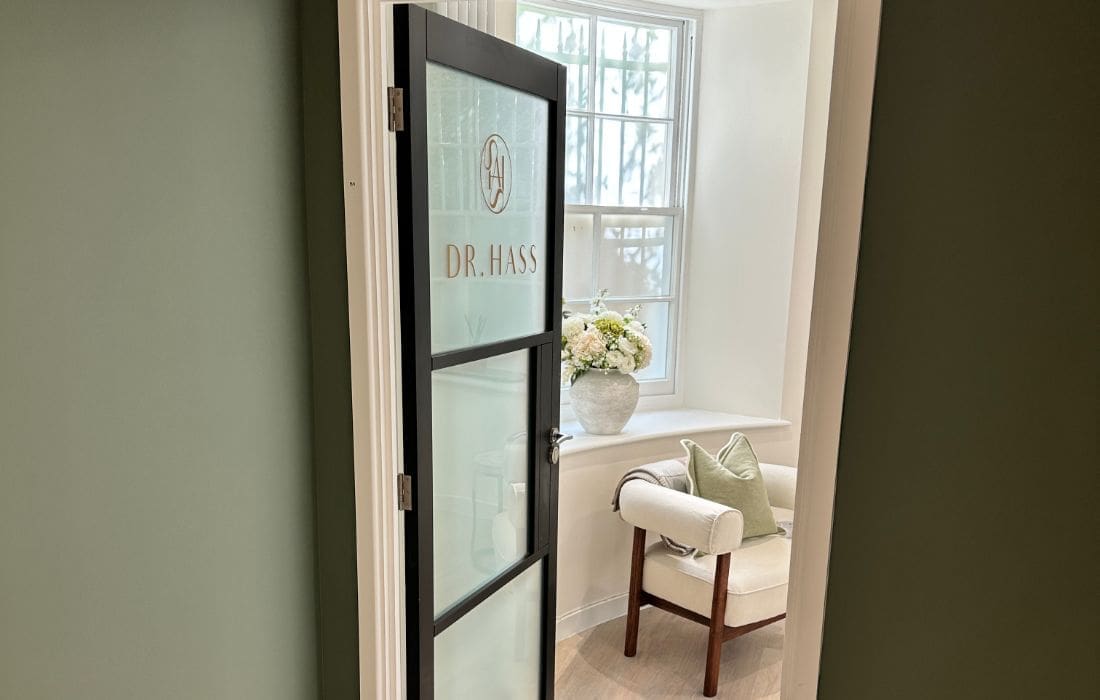

Our Clinic
Your Sanctuary
Welcome to our clinic, where innovation, expertise, and personalised care merge to redefine your natural beauty. We specialise in providing a wide range of non-invasive treatments that deliver remarkable results without the need for surgery.
What Our Clients Say
Our clients’ satisfaction is at the heart of everything we do. We take immense pride in helping individuals enhance their natural beauty and boost their confidence. But don’t just take our word for it—here’s what some of our valued clients have to say.

